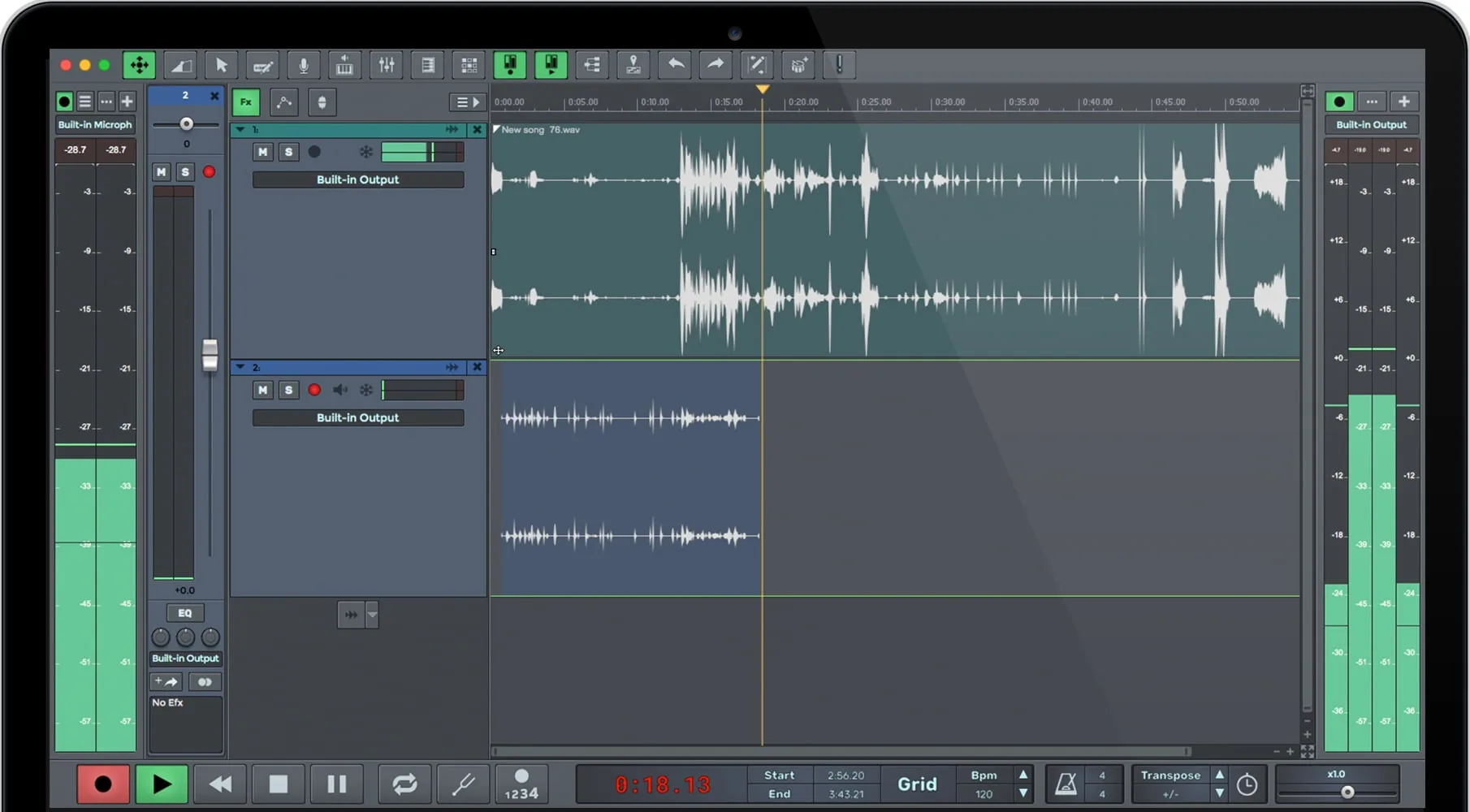
everything sets off motion detection unless you set the threshold so low that you miss the motion you actually wanted to capture. Wind, clouds, tree branches moving, insects. If you're short on storage space and want to do outdoor motion detection, be prepared to do a lot of tweaking. If you're not doing motion detection, then just throw the biggest HDD at it that you can afford and let it record all day. Outdoor surveillance is a fun hobby, but can be frustrating if you're wanting to do motion detection. Most of the posts I've seen about indoor surveillance, whether using motion detection or not, are much simpler. I should note up front that this is mainly my experience with outdoor home surveillance using a local server. I haven't seen it come up in a while, but I've been meaning to post my experiences for a while now. Now you can watch video from the camera anywhere in the world that has Internet access, and you can also use the service’s other features.I've participated in a lot of the home surveillance threads both here in DIY, as well as in AV.

Ivideon solves these problems by using programs - firmware - built into an IP camera for initial video processing. It’s hard to transmit video to a large audience, because when a camera is accessed it sends a separate copy of the video to each user: the more viewers, the greater the load on the camera itself and on the data-transmission channels. This makes it harder to get video data from a camera through the Internet in real time (with minimal delay). Transmitting HD-quality video requires a high-speed channel, but on wireless and mobile networks the volume and speed of data transmission can be very limited.Most local computer networks are built so that it’s not possible to connect from the Internet to a camera on an address within the network.
#Ivideon client for pc no live password


 0 kommentar(er)
0 kommentar(er)
